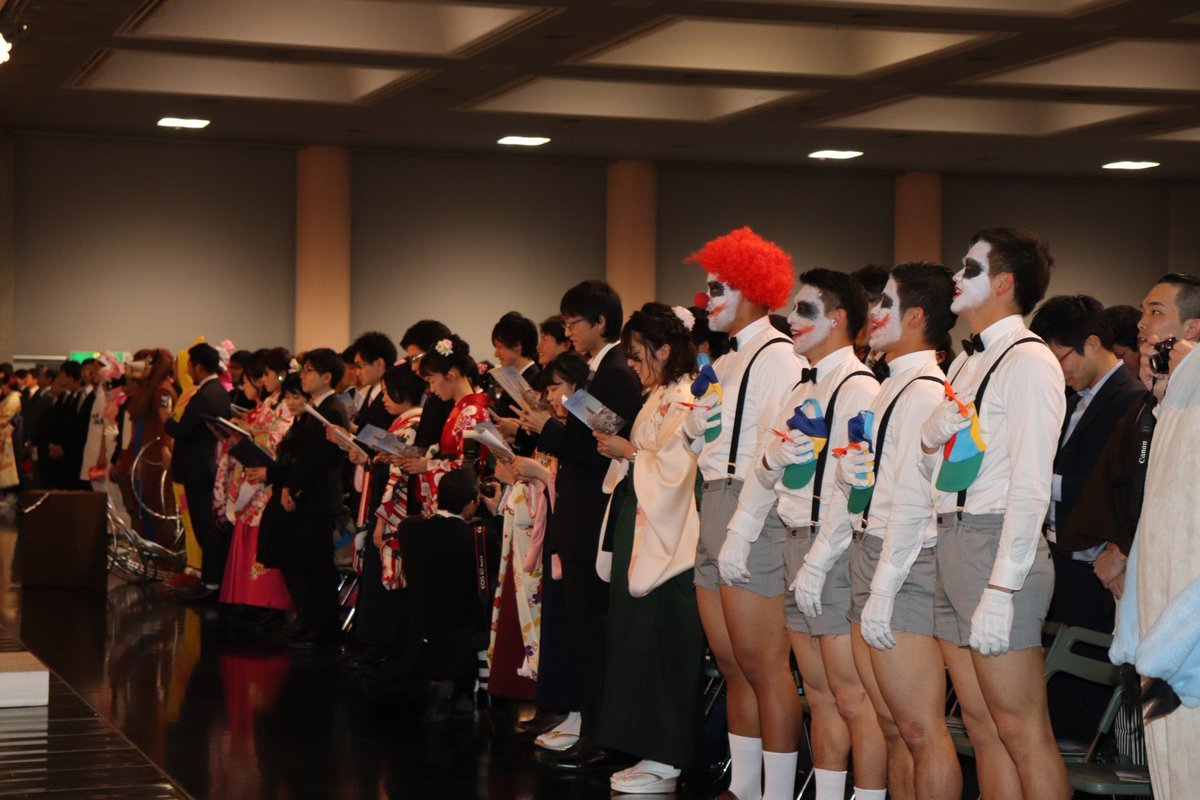Daisugi Technique: Over A Thousand Year Pruning History

Most people are already familiar with the concept of Bonsai, a Japanese art form dating back over a thousand years, which produces small trees that mimic the appearance of full-size trees.
But many still haven’t heard about Daisugi. While this technique has similarities to that of Bonsai, the results it produces are vastly different.
Translating to “platform cedar”, Daisugi is a 14th- or 15th-century technique that offers an efficient, sustainable, and visually stunning approach to forestry.
The method originated in Kyoto and involves pruning the branches of Kitayama cedar trees so that the remaining shoots grow straight upward from a platform. Rather than harvesting the entire tree for lumber, loggers can fell just the upper portions, leaving the base and root structure intact.
Although Daisugi is mostly used in gardens or bonsai today, it originally was developed to combat a seedling and growing space shortage when the demand for Taruki, a type of impeccably straight and knot-free lumber cut, was at a peak.
The technique allowed rangers to fell the upper shoots of the Kitayama cedar after only 20 years as well as to effectively plant two trees on a space usually occupied by one.
Most of the Taruki wood was later used for the construction of traditional Japanese teahouses, most of them located in Kyoto, a city still known for its cultural heritage, and not coincidentally where Daisugi was first developed. It’s said that it was Kyoto’s preeminent tea master, Sen-No-Rikyu himself, who demanded perfection in the Kitayama cedar and ultimately leading to the development of the Daisugi technique.






